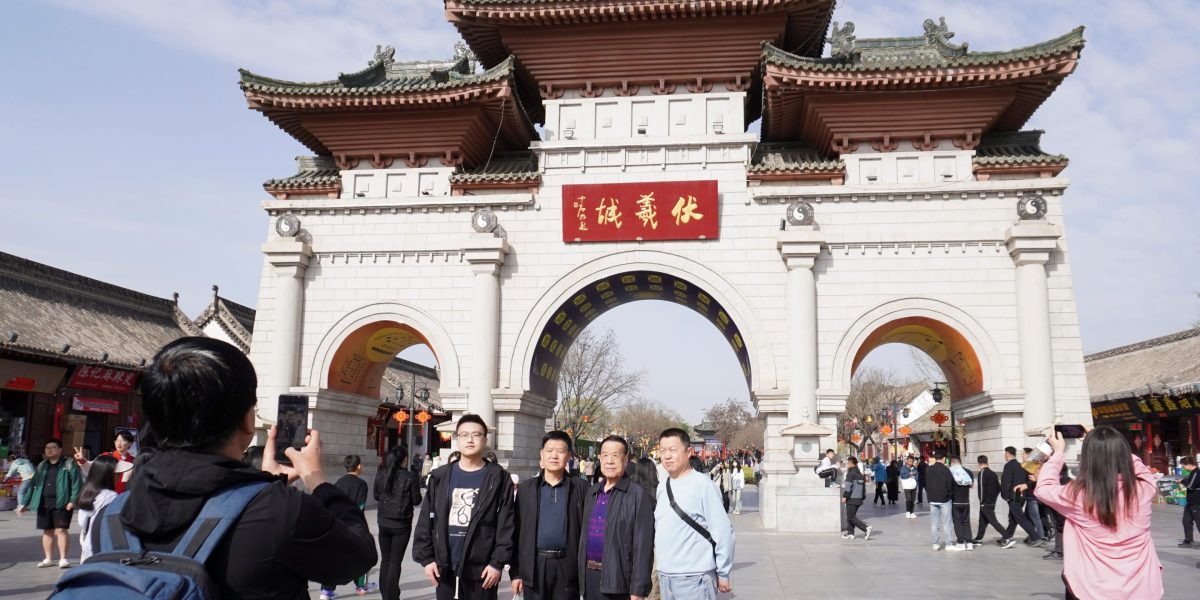This post was originally published on this site
https://fortune.com/img-assets/wp-content/uploads/2024/04/GettyImages-2139244340-e1712640686177.jpg?w=2048
China’s crisis of consumer confidence may be turning a corner. China’s economy has been shaky for much of the past year, with economists pointing to a prolonged property crisis, stubbornly high youth unemployment, and continued costs from COVID-zero. But data from a recent April holiday may show that Chinese consumers are ready to start spending again
Chinese tourists spent 53.95 billion yuan ($7.5 billion) and made 119 million trips over the “Tomb Sweeping” holiday period of April 4 to 6, according to data released by China’s Ministry of Culture and Tourism on Monday. That corresponds to a 12.7% increase in spending and a 11.5% increase in the number of trips versus the same period in 2019, before the COVID pandemic. (The “Tomb Sweeping” festival, known as the Qingming festival in Mandarin, is a traditional holiday that honors the deceased.)
The increase is smaller on a spending per trip basis: 453 yuan ($63) per trip, just 1.1% greater than 2019. Still, it’s the first time spending per trip has topped pre-pandemic levels, according to Bloomberg citing comments from Goldman Sachs and Citigroup.
Even this small increase could suggest that Chinese consumer confidence is slowly improving.
“Our sense is that there’s a small but growing sentiment within white collar jobs that the market situation is improving and this is also leading to greater willingness to spend,” Ben Cavender, managing director at China Market Research Group told Reuters. Some companies are thinking of growing their businesses in China again after years of holding off investments, he added.
Recent economic data might support that cautious optimism.
Spending over the Lunar New Year holiday, an important barometer for Chinese consumption, rose 7.7% compared to 2019. Yet analysts warned that the comparison may be slightly inflated due to this year’s Lunar New Year holiday period having an extra day compared to five years ago.
China’s consumer prices rose 0.7% in February, the first year-on-year increase in six months, due to holiday-driven consumption. Beijing will release March’s consumer price index on Thursday.
Manufacturing is also recovering. Beijing’s official purchasing manager’s index, or PMI, rose from 49.1 to 50.8 in March. (A figure over 50 marks an expansion in activity).
The Caixin PMI, which tends to be more export-oriented than Beijing’s official version, rose to 52.7 in March, compared to February’s 52.5. It’s the highest reading since May 2023.




